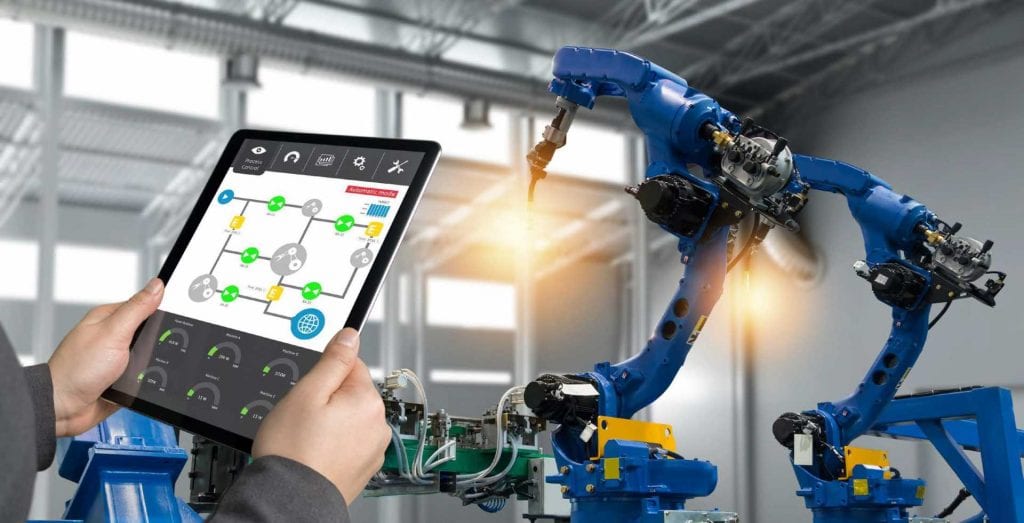
Inmarsat research finds 85% organisations struggle to access reliable connectivity for IoT projects across their mine sites
Organisations across the mining industry are struggling to take full advantage of Internet of Things (IoT)-enabled applications due to a lack of reliable connectivity. This is according to a new global study by Inmarsat, the world leader in global, mobile satellite communications, which found that only 15% of mining organisations consistently have access to reliable connectivity for their IoT-enabled projects.
These latest results have emerged from the 2020 edition of Inmarsat’s research programme into IoT trends, The Rise of IoT in Mining. The report found that 45% of respondents struggled to access connectivity across mine sites so that it hinders their ability to gather data. A further 40% indicated they could access connectivity but that it was often unreliable causing them to struggle to collect data sometimes. Just 15% reported they could access reliable connectivity wherever their data producers were.
Although the mining sector has increased its adoption of IoT in recent years with 65% of respondents fully deploying a project, 33% have still only trialled or are currently trialling a project and 2% not having trialled or deployed, it is apparent that connectivity is impeding miners’ abilities to harness the benefits of IoT.
Of the 130 respondents that have fully deployed IoT-enabled projects across their mine sites, 78% reported they were able to access connectivity, with 24% of the 130 being able to access reliable connectivity. By contrast, out of the 70 respondents yet to fully deploy an IoT-based solution, only 11% were able to access connectivity, and this 11% was only able to access unreliable connectivity.
Commenting on the findings, Joe Carr, Director of Mining, Inmarsat, said: “Inmarsat’s highly reliable L-band BGAN connectivity is helping organisations across all stages of their IoT journey to get the reliable connectivity needed, to ensure they can generate, analyse and action the necessary data and improve the way they operate. Although our research has indicated that the global mining sector is undergoing an upswing in IoT adoption, reliable network connectivity is still clearly a sticking point that Inmarsat can help alleviate. To gain value from IoT-enabled projects, the right data must be where it needs to be at the right time, otherwise insights and return on investment cannot be delivered.
“The research points to a clear correlation between connectivity and those respondents who have fully deployed IoT projects. From our work in the industry, we see that poor connectivity can hamper getting a project fully deployed from a proof of concept into mainstream business operations. However, we also see from the research that for many who have fully deployed IoT projects connectivity continues to be a challenge. Inmarsat’s connectivity and capability can help the sector transform quickly through the use of IoT.”
The IoT brings the power of the internet, data processing and analytics to the real world of physical objects. For consumers, this means interacting with the global information network without the intermediary of a keyboard and screen; many of their everyday objects and appliances can take instructions from that network with minimal human intervention.
In enterprise settings, or in the mining industry in this case, IoT can bring the same efficiencies to physical manufacturing and distribution that the internet has long delivered for knowledge work. Millions if not billions of embedded internet-enabled sensors worldwide are providing an incredibly rich set of data that companies can use to gather data about their safety of their operations, track assets and reduce manual processes. Researchers can also use the IoT to gather data about people’s preferences and behavior, though that can have serious implications for privacy and security.

Peyman Khosravani is a global blockchain and digital transformation expert with a passion for marketing, futuristic ideas, analytics insights, startup businesses, and effective communications. He has extensive experience in blockchain and DeFi projects and is committed to using technology to bring justice and fairness to society and promote freedom. Peyman has worked with international organizations to improve digital transformation strategies and data-gathering strategies that help identify customer touchpoints and sources of data that tell the story of what is happening. With his expertise in blockchain, digital transformation, marketing, analytics insights, startup businesses, and effective communications, Peyman is dedicated to helping businesses succeed in the digital age. He believes that technology can be used as a tool for positive change in the world.








